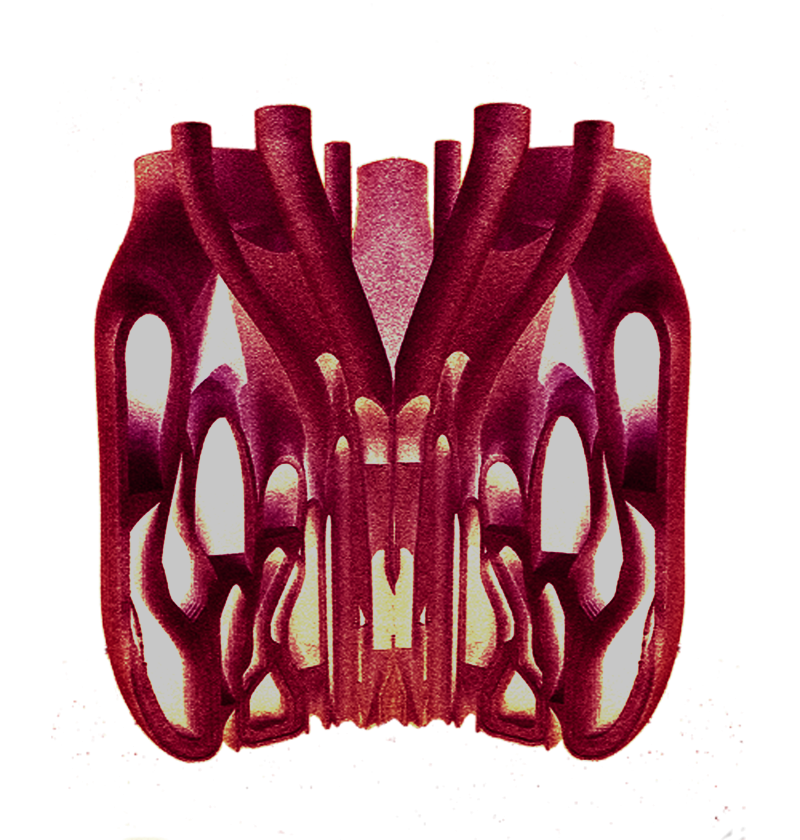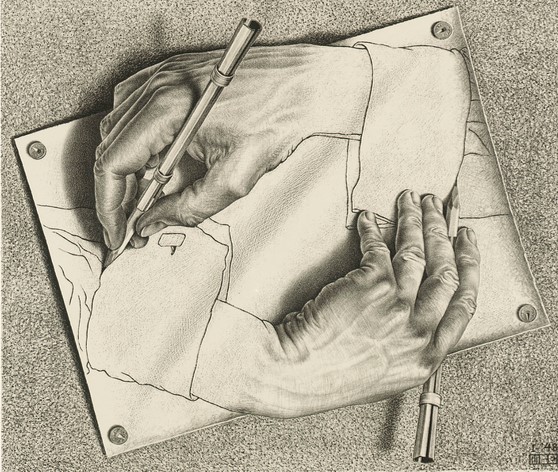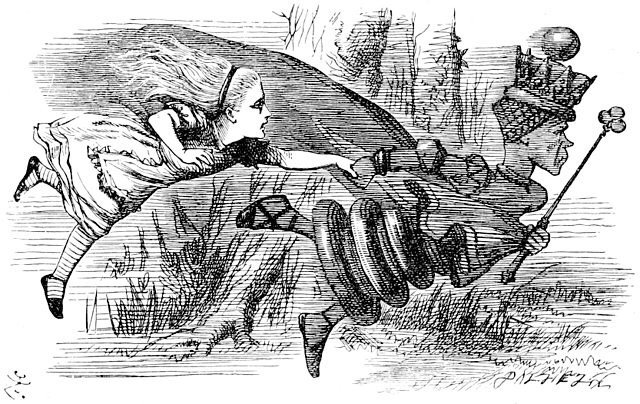
For most of its short history, additive manufacturing technology innovation focused on demonstrating and proving its viability. Commercial 3D printer manufacturers have been busy making fanciful trinkets and miniature plastic replicas of industrial parts, while only a small number of industrial manufacturers have been using the technology in a limited role in prototyping and a product development stage between 3D model design and small-scale manufacturing.
From the introduction of stereolithography technology as a rapid prototyping technique in 1980, additive manufacturing evolved as a technology rather than an engineering and manufacturing discipline. While the 3D printing technology and material science have demonstrated rapid progress over the last couple of decades, the process and practice of additive manufacturing still lack industrial manufacturing orientation.
There are, of course, notable exceptions such as 3D-printed water pump impellers in a nuclear power plant in Slovenia and 3D-printed titanium bracket used in serial production Airbus A350. Read More




